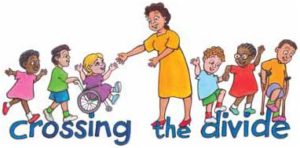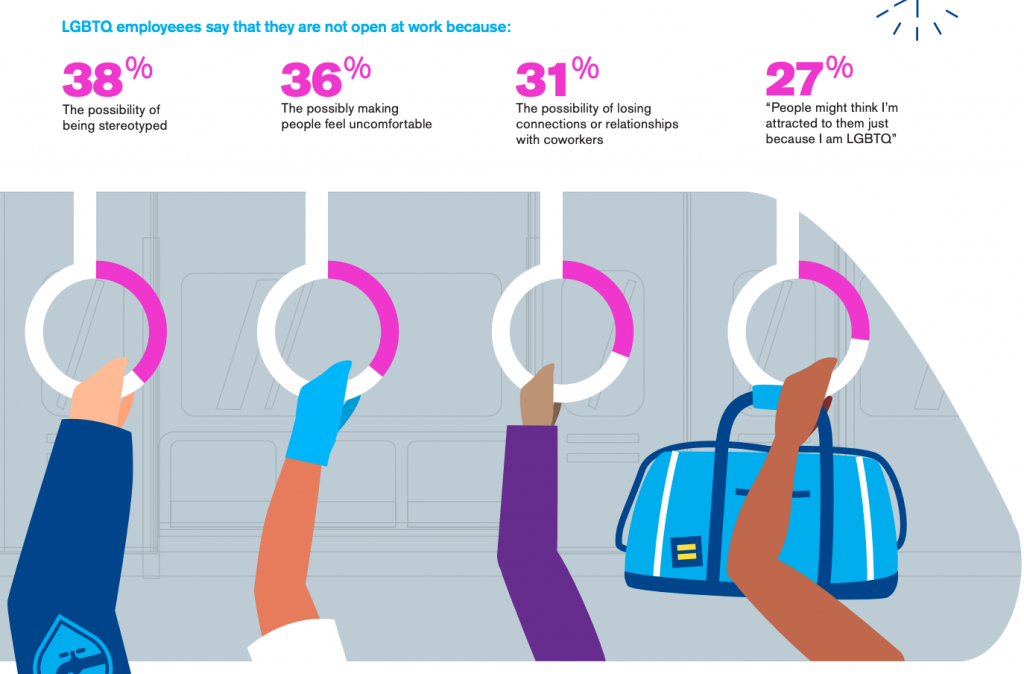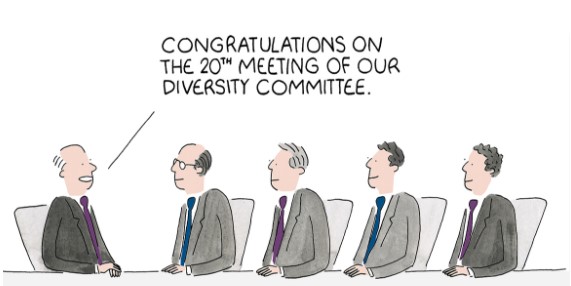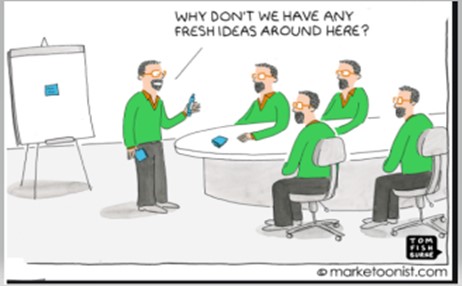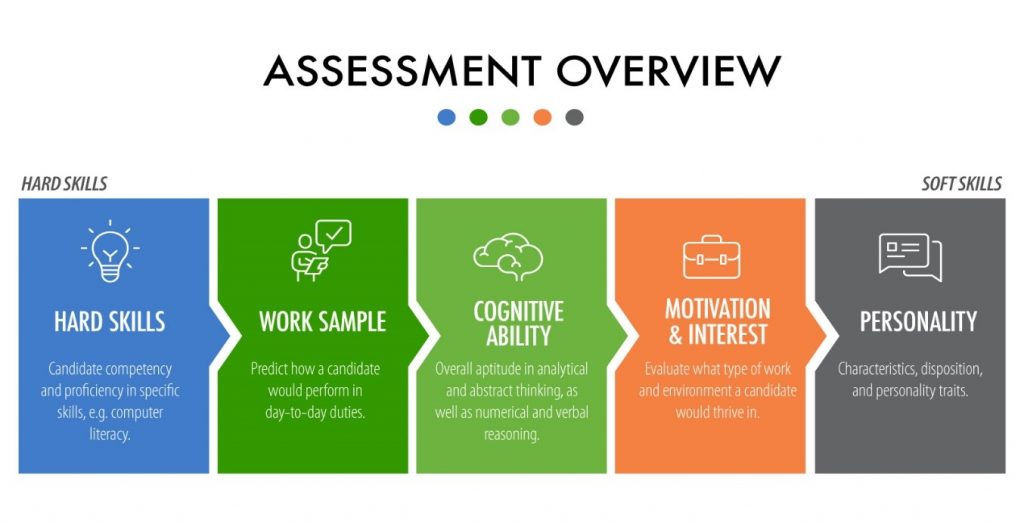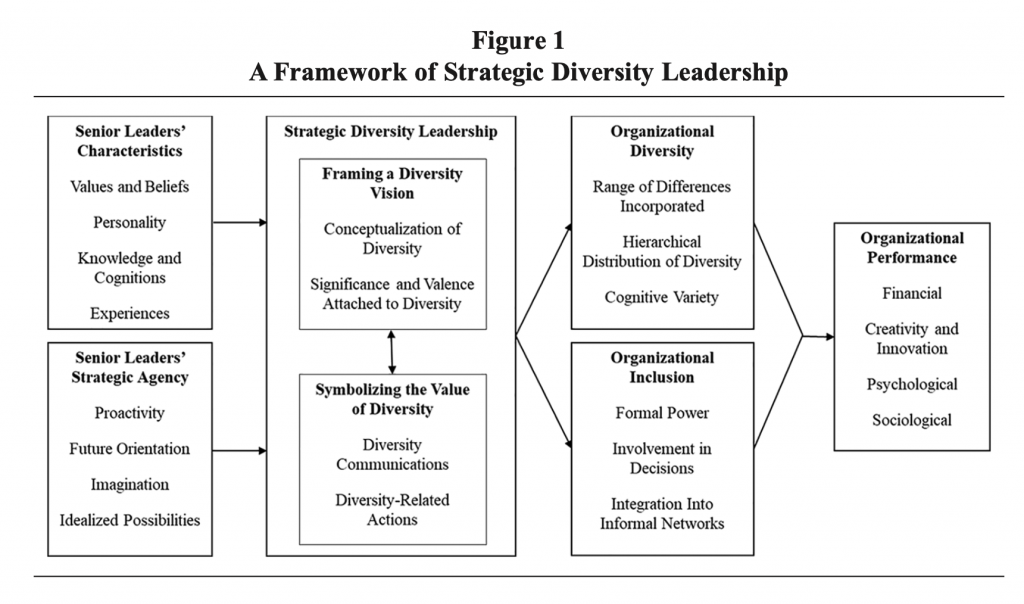In “Researching Developmental Disabilities”, Szumski, Smorgorzewska, and Grygiel explore the attitudes that arise with students against peers that have disabilities. They conduct an experiment with a random sample of about 1500 Polish students in middle school through a questionnaire. They had a few different hypotheses and corresponding variables to help test them. They test students in two different types of classrooms, in a traditional one that does not have students with disabilities and in an inclusive one. The authors also included a large spectrum of different types of special needs and disabilities, such as: intellectual or physical disability, autism, hearing or visual impairment, social maladjustment, behavioral disorders, and students with multiple disabilities. The goal of this study was to educate schools and students who are working with disabled students and how to make them feel like everyone else. After concluding their research the authors use their evidence to explain the best ways to accomplish this.
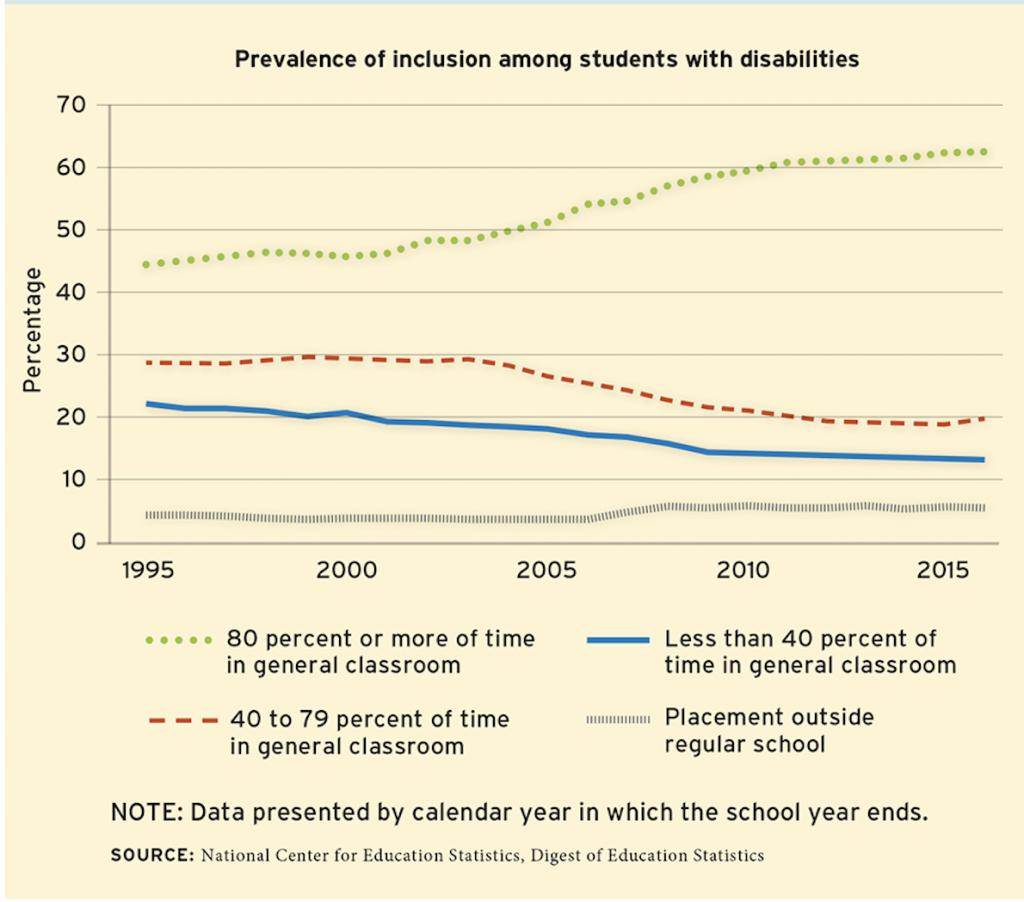
Screenshot from Has Inclusion Gone Too Far? on https://www.educationnext.org/has-inclusion-gone-too-far-weighing-effects-students-with-disabilities-peers-teachers/ This graph is showing the percentage of students with disabilities that are included in a general or “traditional” classroom. It proves the authors point that an inclusive classroom is the best space for students with disabilities to feel included.
The authors used the “Multidimensional Attitudes Scale Toward Persons with Disabilities” (MAS), to analyze the attitudes and the “Commitment to Ethical Goodness Scale” (CEG), to analyze moral identity of the students individually and at a classroom level. To analyze the attitudes of the students the MAS measure is in a way a short story where a person encounters someone who has a physical disability. They then wait with them in a one-on-one situation and questioned through three groups: emotions, cognitions, and behaviors. The students answered each question on a five-point scale of the likelihood that each and any of the dimensions had been raised. To analyze moral identity of the students the CEG measure was a self-reporting questionnaire with 15 different statements. There were three different dimensions of morality included: moral locus of control, ethical goodness, and ethical self-regulation. The authors then used the five-point scale again to see whether the students agreed or disagreed with the statements on both an individual level and of each class.
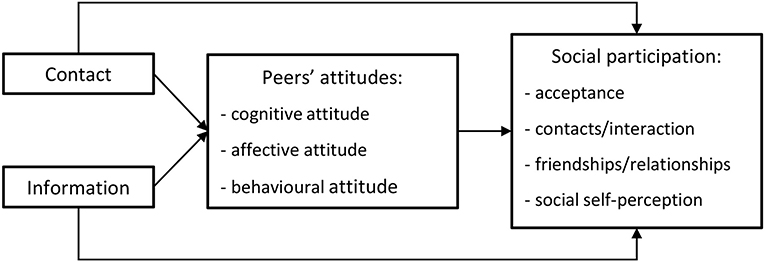
The authors concluded that moral identity is a regulator of a person’s behavior. Moral identity also allows for an improvement of the cognitive attitudes towards peers with disabilities better in an inclusive setting. Importantly, they note that classes where students contain a developed moral identity promotes commitment to the attention of others. They then note ways that their results can be used for change within the educational system to allow students with disabilities to feel less like they are being treated differently by their peers and feel more like they are just like their peers, which they are. They also acknowledge limitations that were present in the study like using a cross-sectional scheme, assessing explicit attitudes and not the analysis of implicit attitudes, primarily focusing on inside the classroom and ignoring what happens outside of it, and they studied only one culture as opposed to multiple. By taking note of both of these inconsistencies makes the authors an extremely reliable source.
The importance of this study is to show that the reason students with disabilities feel neglected and excluded in the classroom and in the future, in the workplace is because of the way their peers treat them. They grow up thinking that they are different and maybe not as good as their peers. This is also important in the idea of organizational culture because I believe that the definition of organizational culture is that it is when there is a diverse group of people working together to achieve one goal. I think that having such a diverse group of people allows for different ideas that some people may not have thought of. Eventually when these students work in the real world and need to solve problems and or create topics and ideas for their companies, they will have different ideas than students without disabilities because they have had different experiences and challenges in life that people without disabilities probably never even thought twice about.
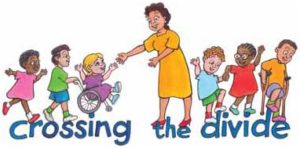
Screenshot from Inclusive Education on https://www.steppingstoneskenya.org/new/welcome/inclusive-education/. It is important to end a division among students who need a little extra help to succeed and students who do not. Needing accommodations does not make them any less smart or accomplished.
Grzegorz Szumski, Joanna Smogorzewska, Paweł Grygiel. Attitudes of students toward people with disabilities, moral identity and inclusive education—A two-level analysis. Research in Developmental Disabilities. Volume 102, 2020. https://doi.org/10.1016/j.ridd.2020.103685.


